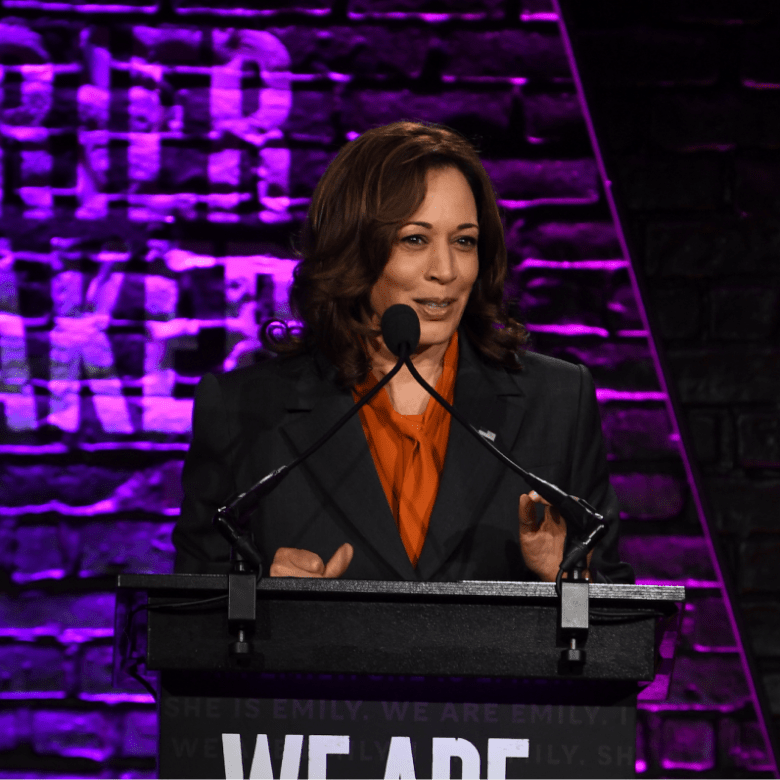The 2018 Election Looks Like Women’s Work
Bloomberg: The 2018 Election Looks Like Women's Work
By Francis Wilkinson
The politics of rage is no longer restricted to the Republican Party.
Until recently, the likely levers of Democratic success in 2018 have been twofold. In districts and states where Trump is especially weak, his conduct and the indictments, present and future, of members of his gang will be a drag on Republicans. In places where Trump remains popular, Democrats will attack congressional Republicans for their unseemly devotion to donors. (Liberal Democratic Senator Sherrod Brown of Ohio, a state Trump won by more than eight points, says he could work with Trump if only those Republicans weren’t always giving away the store to rich people.)
The wave of revulsion against men accused of sexual predation in Hollywood, Alabama and elsewhere offers another avenue to power. More shoes will drop in politics, business and media. Victims are emboldened, and the professional enablers of the accused — publicists, lawyers and the like — are on the defensive. It's more than a cultural moment — and would be even if you could distinguish culture from politics in the U.S.
The rapidly evolving cultural context, with women networking about abusers and communicating on social media, seems unlikely to be good for Trump. It hits him where he has always lived.
But whether it drives Republicans from office depends in significant part on the anger of white women – how much they have and where they channel it.
In 2016, white women heard the “Access Hollywood” tape of Trump bragging about assaulting women. Many heard or read reports consistent with that boast – whether claims against Trump by specific women or Trump bursting into beauty pageant dressing rooms to ogle naked teenagers.
According to exit polls, white women nonetheless voted Trump by nine points, 52-43. White women in Virginia voted for Trump by an even greater margin, 54-41. (In the state’s 2013 gubernatorial race, the Republican margin among white women was greater still, 54-38.)
That margin shrank dramatically last Tuesday. On his way to a nine-point defeat, Republican Ed Gillespie won white women over Democratic victor Ralph Northam by only three points, 51-48. Northam won 61 percent of all women voters. Black women in Virginia voted Democratic by more than 9-1, as they had in 2016 and 2013.
The motivations of female voters, like any large group of voters, are not easily discerned. Women’s candidacies, on the other hand, might be a useful proxy for political energy.
A first wave of sexual revulsion was launched in 1991 by Clarence Thomas’s Supreme Court hearings. Thomas was accused, in credible detail, of multiple instances of sexual harassment and creepy behavior toward women. Republicans opted to attack the messengers, principally law professor Anita Hill.
Quite a few American women took offense. And so 1992 became known, in electoral politics, as the “Year of the Woman.” A surge of women ran for office and contributed to campaigns. A record-breaking two dozen women were elected to the House of Representatives. Obscure local politicians such as Washington State Senator Patty Murray and Cook County Recorder of Deeds Carol Moseley Braun ran for U.S. Senate seats and won. The number of female Democratic senators increased from one to five. (The influx of women slowed but didn’t stop. There are currently 21 women senators: 16 Democrats and 5 Republicans.)
Other factors, including recession and fatigue over three successive Republican presidential terms, contributed to Democratic success in 1992. But female candidates, donors and voters were pivotal.
Emily’s List, the political action committee for pro-choice Democratic women, said that since Trump’s election last year, it has heard from more than 20,000 women expressing interest in running for elected office. (According to Vox, Emily’s List heard from about 900 prospective women candidates in the 2015-2016 election cycle.)
A record number of women ran for the Virginia legislature this year — most of them Democrats. Last week, 11 Democratic women won Republican seats, many of them after having run their first campaign.
The 1992 wave of Democratic women prevailed amid, and perhaps despite, the countervailing force of Democratic candidate Bill Clinton’s sexual infidelities and plurality victory. But the wave soon dissipated, then spent itself defending Clinton’s behavior. Feminist supporters of the president looked like frauds and hypocrites, standing by as the White House attacked the intern with whom Clinton had had sexual relations.
Even if liberal women rally for 2018, they will continue to face ferocious opposition. In Virginia last week, voter turnout for a gubernatorial race hit a 20-year peak. Gillespie improved Republican margins in the reddest corners of the state even as Northam secured large margins in bluer areas.
Whether Virginia is an isolated case or a broad template for 2018 will depend in part on how motivated Democratic-leaning women are, and how sustainable the revolt against sexual harassment and predation is. The current cultural context is reminiscent of 1991. But instead of one man, Thomas, generating Democratic outrage, and another, Clinton, generating outrage on the right, it's a multi-partisan smorgasbord of targets ranging from Harvey Weinstein to Roy Moore. No doubt other players will be named later.
Trump, who in his first 24 hours as president was greeted by the largest protest march in American history — organized by women and called the “Women’s March” — appears as determined as ever to make a target of himself.
The wave of 2017 has swept away a host of powerful, high-profile men. It appears likely to smash others. The most prominent and powerful of all remains in place, for now.
